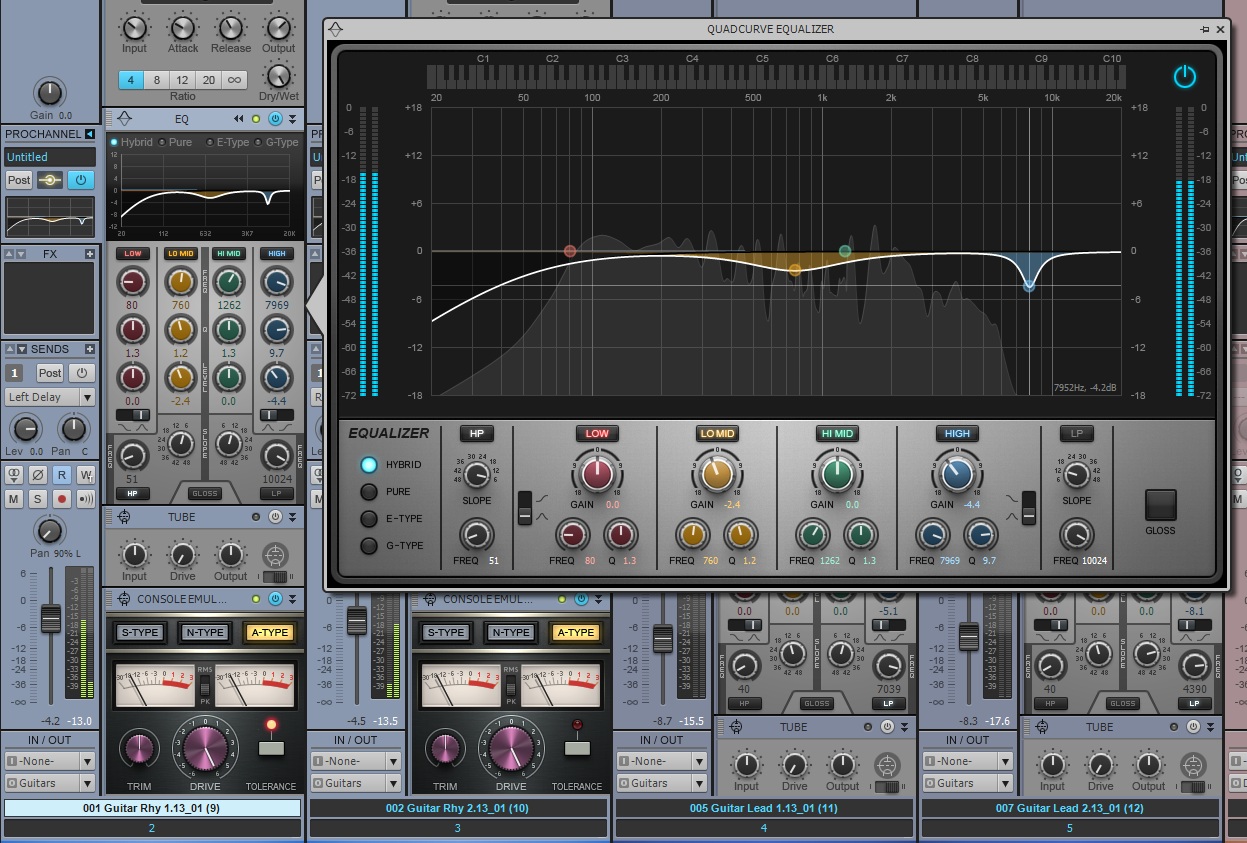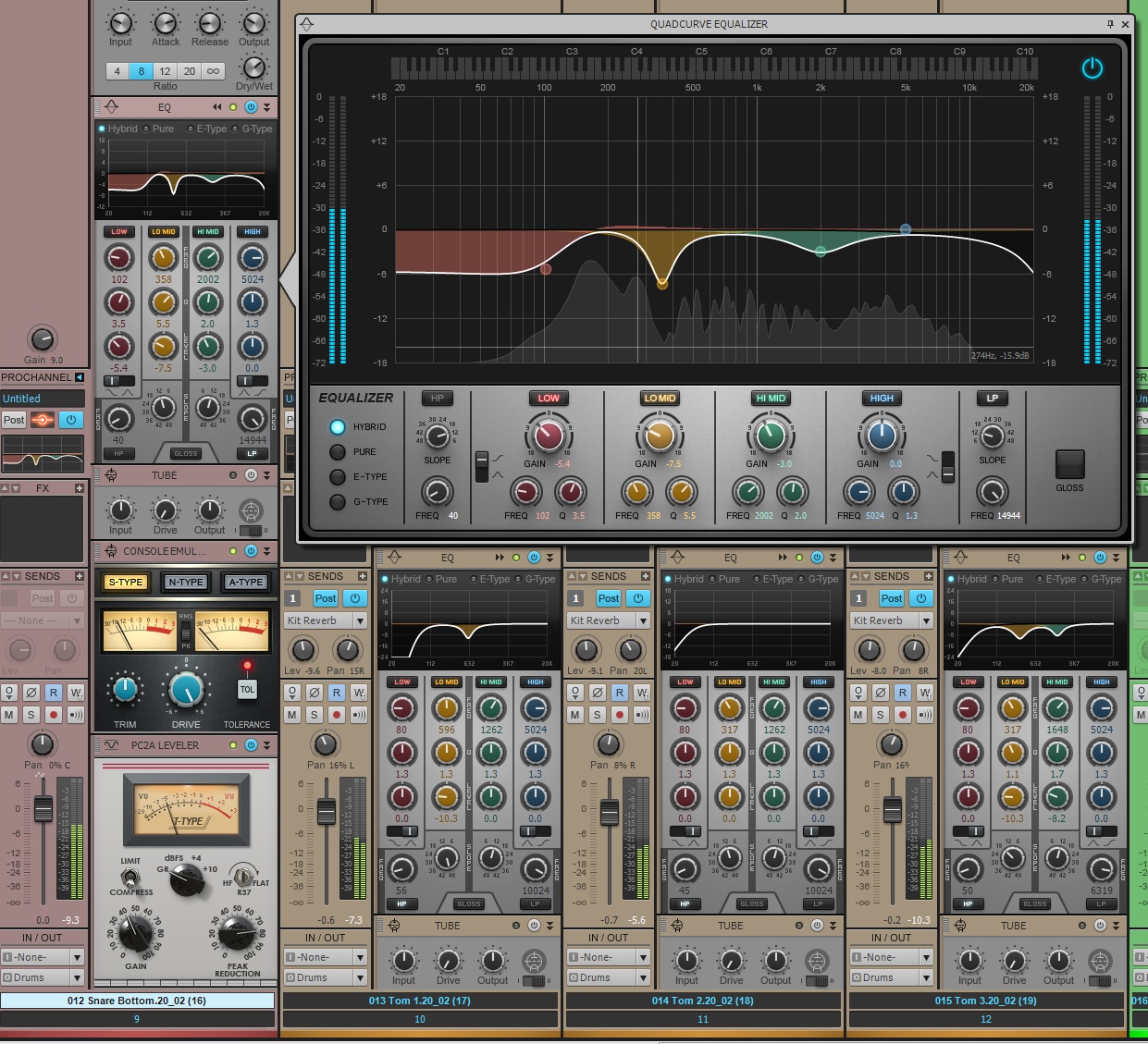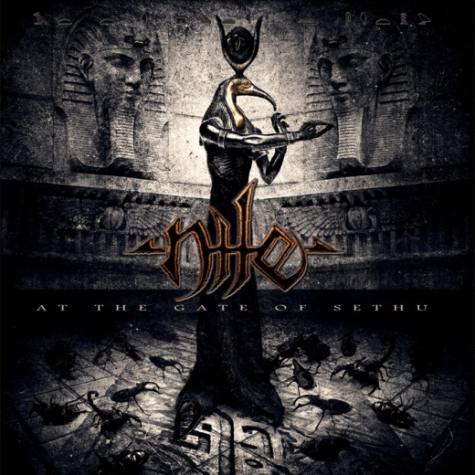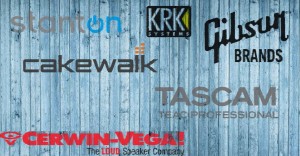 Musikmesse 2014 brought a lot of things together for Cakewalk in the grander picture under the Gibson Brands family. For the first time, Gibson Pro Audio brought together its family of TASCAM, KRK, Stanton, Onkyo, Cerwin-Vega and Cakewalk at a major trade show – and it was pretty fantastic to say the least. All brands were representing their latest and greatest products to an international group of industry professionals, music creators, musicians and producers from all over the world. Besides the Pro Audio space which covered close to 6,000 square feet, Gibson also had its instrument space on the lower level which sprawled across an even greater area; so there was no shortage of Gibson at Musikmesse this year.
Musikmesse 2014 brought a lot of things together for Cakewalk in the grander picture under the Gibson Brands family. For the first time, Gibson Pro Audio brought together its family of TASCAM, KRK, Stanton, Onkyo, Cerwin-Vega and Cakewalk at a major trade show – and it was pretty fantastic to say the least. All brands were representing their latest and greatest products to an international group of industry professionals, music creators, musicians and producers from all over the world. Besides the Pro Audio space which covered close to 6,000 square feet, Gibson also had its instrument space on the lower level which sprawled across an even greater area; so there was no shortage of Gibson at Musikmesse this year.
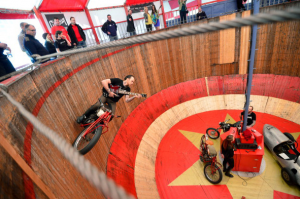 If two spectacular booths are not enough, why not throw in an eye catching/death defying stunt show outside in front of the all the halls? Introducing: The Gibson Motodrome: a 16 meter diameter pitted-cylinder-wall where vintage motorcycles and a speed-racer circa 1928 whizzed around avoiding what would seem to be an inevitable crash. The only logical thing to do after getting this contraption going onsite was to have a visit from Rudolf Schenker who is the guitar player for Germany’s own The Scorpions. Continue reading “Cakewalk Integrates with Gibson Brands at Musikmesse Frankfurt 2014”
If two spectacular booths are not enough, why not throw in an eye catching/death defying stunt show outside in front of the all the halls? Introducing: The Gibson Motodrome: a 16 meter diameter pitted-cylinder-wall where vintage motorcycles and a speed-racer circa 1928 whizzed around avoiding what would seem to be an inevitable crash. The only logical thing to do after getting this contraption going onsite was to have a visit from Rudolf Schenker who is the guitar player for Germany’s own The Scorpions. Continue reading “Cakewalk Integrates with Gibson Brands at Musikmesse Frankfurt 2014”





